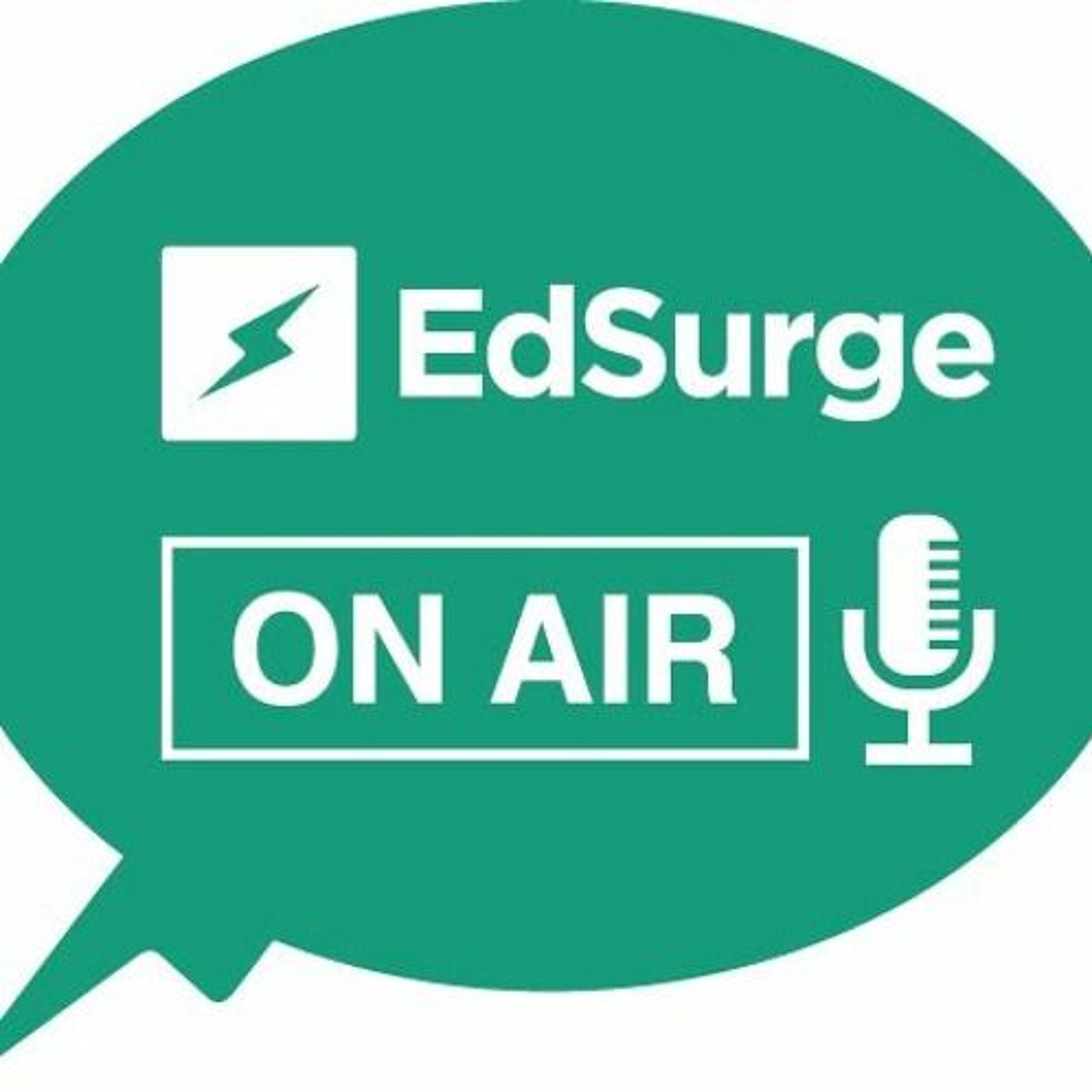
MOOCs are No Longer Massive. And They Serve Different Audiences Than First Imagined.
EdSurge Podcast
Shownotes Transcript
MOOCs have gone from a buzzword to a punchline, especially among professors who were skeptical of these “massive open online courses” in the first place. But what is their legacy on campuses?
MOOCs started in around 2011 when a few Stanford professors put their courses online and made them available to anyone who wanted to take them. The crowds who showed up were, well, massive. We’re talking 160,000 people signing up to study advanced tech topics like data science.
The New York Times later declared 2012 as the ‘year of the MOOC,’ and columnists said the virtual courses would bring a revolution. But in the rush of public interest that followed, skeptics wondered whether online courses could help fix the cost crisis of higher education. Was this the answer to one of the nation’s toughest problems?
The answer, it turns out, is, no. Actually these days you don’t hear much about MOOCs at all. In the national press there’s almost a MOOC amnesia. It’s like it never happened.
But these courses are still around, and they’ve quietly evolved. Dhawal Shah, founder and CEO of Class Central, has been tracking MOOCs closely and steadily ever since he was a student in one of those first Stanford open courses.
Shah is our podcast guest this week, and he argues that MOOCs are having an impact, but mainly for people who are enrolling in MOOC-based degrees, where they can get a credential that can help them in their careers without having to go back to a campus. Of course, that’s a very different outcome than the free education for the underserved that was originally promised.